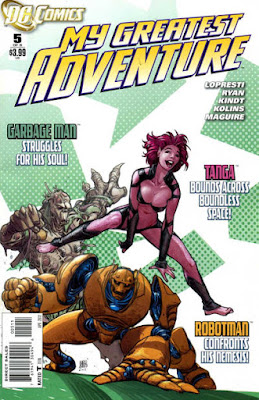Teaser
After the election, I suddenly became aware of it. My facebook feed was filled with political posts. I mean, naturally, and perhaps quite right. But what began to irritate me is that they were low effort.
Let's step back a little bit.
Earlier...
I know, I know, I'm old. But I remember when facebook (then known as
thefacebook) was just a website where you could figure out who people you went in class with were. Like, you didn't have a "status" and you certainly couldn't post articles, but you
did have a "wall" which back then* was a weird little box on your profile where anyone could write anything without attribution, which meant usually meant ASCII dick pics. I mean, there was even a little thing where you could load in your class schedule so that you could then see all the folks taking ENG 301 at Miami University or whatever.
Back then facebook was for navigating the strange social world of your college, and once it was opened up, it became about keeping up with more distant friends and family. (Do you remember when it was weird that
your mom could be on facebook? Now you can't move six inches for all the aunts and uncles and even... grandparents!)
Then...
But somewhere along the line, businesses and websites got involved, and you can follow them, which is a lot like being friends except they don't follow you. I've been very selective about this kind of thing. Or so I thought; I just checked and it's as high as 32, so maybe I need to prune it back a bit. But they mostly are things that are important to me, usually small/local businesses I support, or blogs I follow, or a couple campus institutions like the library (nice), the art museum (great), and the bursar (yeah, I don't know).
I just picked a semi-random facebook friend, though, and they have about 500 friends, but about 300 pages that they "like"! And of course many of these pages post at least once a day, if not much more. And while if I like (why are there two different meanings of "like" on facebook, it's confusing) a post by a friend, no one who is not also friends with that friend will know about it,† if I like a post by the
Coleslaw Review, facebook could possibly inform all of
my facebook friends of that fact.
Back to Now...
Okay, so the effect of this is that a lot of low-effort stuff ends up in my facebook feed. By this I mean that if I read a post by the
Coleslaw Review that fundamentally changes the way I view the consistency of coleslaw, I will take the link and post it on my wall, possibly with some kind of witty comment, or at least a comment. But if I'm just like, "oh that's good," then all I do is press "like" and move on with my life. But to facebook friends looking at their timelines,
those events are displayed as being of equal significance.
After the election this started to get on my nerves. Maybe it increased in frequency or maybe I just got tired of the gloom and doom, but I felt like my facebook feed had been taken over by people liking posts from, Medium and US Uncut and Reductress and Progress Ohio and Everyday Feminism and some guy named Bernie Sanders and just random journalists and stuff. And I'm like, "I just want to know what my friends and family who are scattered across America are doing." C'mon facebook, if this post from US Uncut really was any good, my friend would have posted the link instead of just clicking "like."
And Then...
Supposedly facebook learns from you and your interests. I mean, they're incentivized to because they want to sell you stuff. So I've been trying to train facebook to be the website I want. Literally every time facebook shows me that a friend liked something from a page, I click the little down arrow in the top right, select
Hide Post and then I hit
See less from [Page Name]. You can tell it to hide all from a certain page, but I don't do that because if you like a
Coleslaw Review post so much you share it on your timeline, I want to see it. (I don't really know what facebook interprets "See less" to mean, though, so who knows what the actual effect is; maybe it's censoring all the good
Coleslaw Review links now.)
The other thing I've been doing is paying attention to when this box appears in the rightside column:
Whenever I see it, I click
Give Feedback and tell facebook what I like; it displays actual stories and asks you to rate them on a five-point scale. Things I tell it I really like: good friends posting good photos or life events or funny lines. Things I tell it I kind of like: okay friends posting good content, or good friends posting okay content. Things I tell it I'm neutral on: any friends posting okay links to outside sites. Things I tell it I strongly dislike: any stories from pages that appear because a friend liked it. (If you tell it you definitely want to see something in you feed, it asks you why, and I always choose
It helps me feel connected to family/friends.)
I think it's working. I had to do a lot of scrolling through my feed to get enough "low-effort" posts to jog my memory for examples. Most of what I see now are status updates, links, and photos by actual friends. So ten years on, maybe I'm getting my facebook back to its second original purpose.
* I always forget that you actually don't have a wall anymore; you have a timeline. Wikipedia informs me that the term "wall" was phased out in 2011.
† Unless their privacy is set to public, the fools.














































